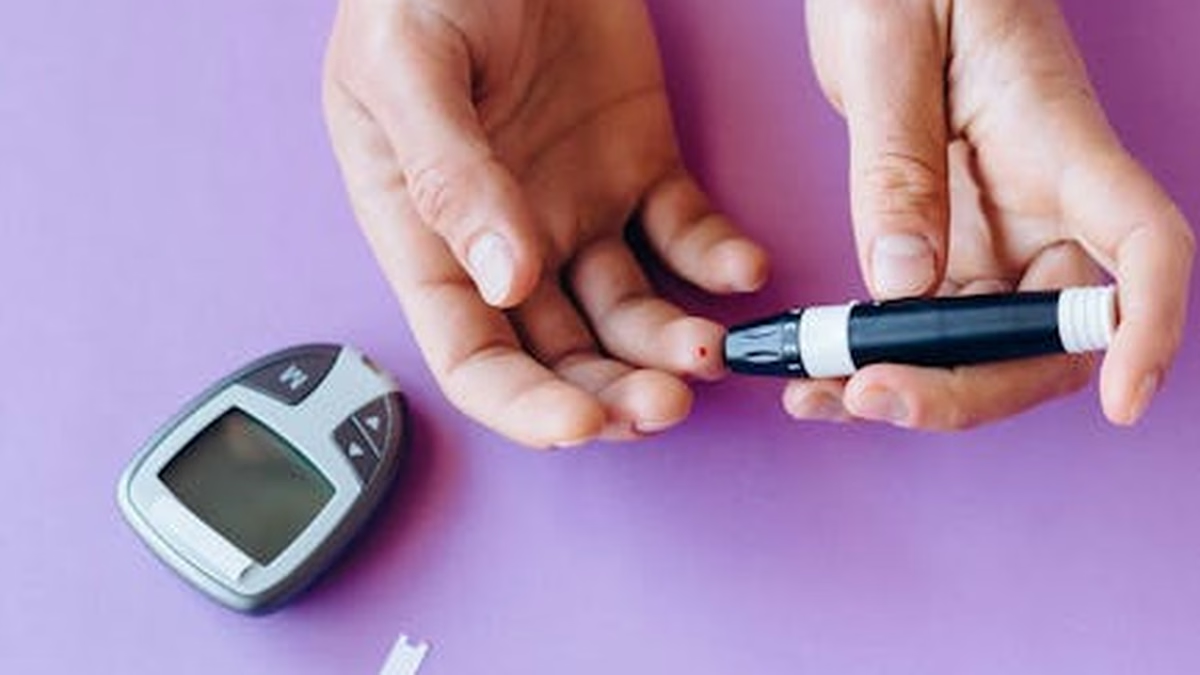Imagine a life free from energy crashes, mood swings, and the constant worry about what you can and can’t eat. What if you could achieve balanced blood sugar levels without the stress of dieting? It’s more attainable than you might think. This isn’t about deprivation; it’s about nourishing your body and creating sustainable habits that support your well-being.
Understanding Blood Sugar and Its Impact
Blood sugar, or glucose, is the primary source of energy for our bodies. It comes from the food we eat, and its levels fluctuate throughout the day. When these levels swing too high or too low, it can lead to a cascade of unwanted symptoms. Consistent blood sugar imbalances can contribute to fatigue, irritability, difficulty concentrating, and even more serious health concerns down the road.
The Rollercoaster Effect
Think of your blood sugar as a rollercoaster. When you eat sugary or highly processed foods, your blood sugar spikes rapidly, giving you a temporary burst of energy. However, this is often followed by a sharp drop, leaving you feeling tired, hungry, and craving more sugar. This vicious cycle can be exhausting and detrimental to your health.
Why Stable Blood Sugar Matters
Maintaining stable blood sugar levels is crucial for overall health and well-being. It helps:
- Improve energy levels throughout the day
- Stabilize mood and reduce irritability
- Enhance focus and concentration
- Support healthy weight management
- Reduce the risk of chronic diseases
Simple Strategies for Natural Blood Sugar Balance
The good news is that you can take control of your blood sugar levels without resorting to restrictive diets. These strategies focus on making sustainable lifestyle changes that nourish your body and promote balance.
Prioritize Protein and Fiber
Protein and fiber are your allies in the fight against blood sugar spikes. They slow down the absorption of glucose into the bloodstream, preventing rapid rises and crashes. Include a source of protein and fiber in every meal and snack.
- Protein-rich foods: Lean meats, poultry, fish, eggs, beans, lentils, tofu, nuts, and seeds.
- Fiber-rich foods: Vegetables, fruits, whole grains, legumes, and nuts.
For example, instead of grabbing a sugary granola bar for a snack, opt for a handful of almonds and a small apple. This combination provides protein, healthy fats, and fiber to keep your blood sugar stable.
Embrace Whole, Unprocessed Foods
Processed foods are often loaded with added sugars, unhealthy fats, and refined carbohydrates, all of which can wreak havoc on your blood sugar levels. Focus on eating whole, unprocessed foods as much as possible. These foods are naturally rich in nutrients and fiber, which support healthy blood sugar balance.
Think about swapping white bread for whole-grain bread, sugary cereals for oatmeal, and processed snacks for fresh fruits and vegetables. Small changes can make a big difference.
Hydrate Consistently
Dehydration can negatively impact blood sugar levels. When you’re dehydrated, your body has a harder time regulating glucose. Make sure to drink plenty of water throughout the day. Aim for at least eight glasses of water per day, and more if you’re active.
Mindful Eating Practices
Eating mindfully can help you better understand your body’s hunger and fullness cues, preventing overeating and promoting more balanced blood sugar levels. Pay attention to your food, savor each bite, and eat slowly. This allows your body to properly digest your food and signal when you’re full.
Try to avoid distractions while eating, such as watching TV or scrolling through your phone. Instead, focus on the taste, texture, and aroma of your food. This simple practice can transform your relationship with food.
Regular Physical Activity
Exercise helps improve insulin sensitivity, which means your body can use glucose more effectively. Aim for at least 30 minutes of moderate-intensity exercise most days of the week. This could include brisk walking, jogging, swimming, or cycling.
Even short bursts of activity throughout the day can make a difference. Take the stairs instead of the elevator, walk during your lunch break, or do some simple stretches at your desk. Every little bit counts.
Prioritize Sleep
Sleep deprivation can disrupt hormone levels that regulate blood sugar. Aim for 7-8 hours of quality sleep each night. Create a relaxing bedtime routine to help you wind down and prepare for sleep. This might include taking a warm bath, reading a book, or listening to calming music.
Listen to Your Body
Ultimately, the key to balancing your blood sugar naturally is to listen to your body and find what works best for you. Pay attention to how different foods and activities affect your energy levels and mood. Keep a food journal to track your meals and symptoms, and adjust your habits accordingly.
Balancing blood sugar isn’t about restrictive dieting; it’s about making conscious choices that support your well-being. By incorporating these simple strategies into your daily routine, you can achieve stable energy levels, improved mood, and a healthier, happier you. Remember, it’s a journey, not a destination. Be patient with yourself, celebrate your progress, and embrace the power of natural blood sugar balance.








